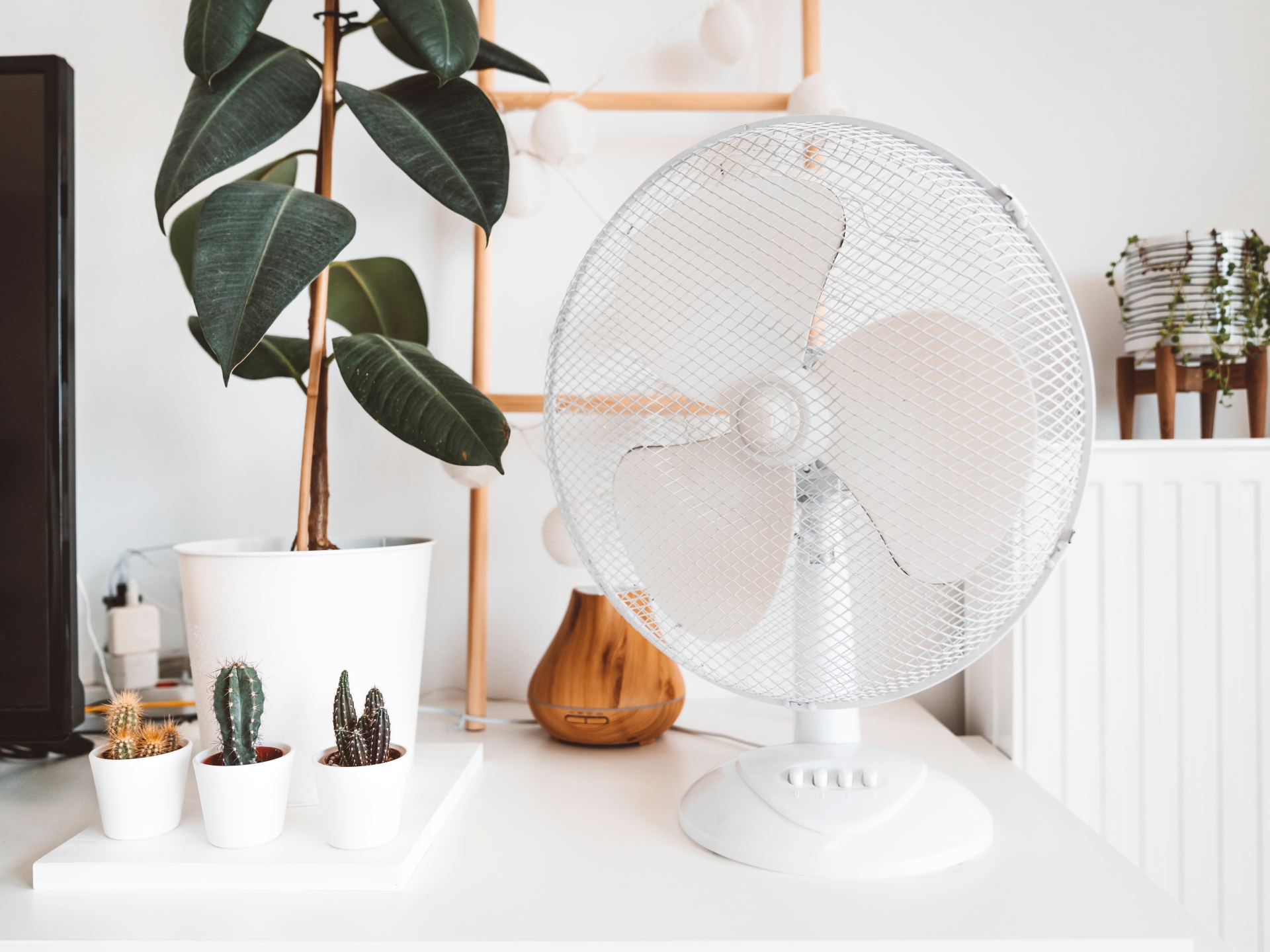

Articles
How Long To Leave Fan On Plants
Modified: January 20, 2024
Find out the ideal duration to keep your fan running on plants with our informative articles. Maximize growth and prevent overheating.
(Many of the links in this article redirect to a specific reviewed product. Your purchase of these products through affiliate links helps to generate commission for Storables.com, at no extra cost. Learn more)
Introduction
When it comes to caring for our beloved plants, we often focus on providing them with adequate sunlight, water, and nutrients. However, one factor that is frequently overlooked is proper air circulation. Plants, just like humans, thrive in an environment with good airflow. That’s where using a fan can play a vital role in maintaining the health and well-being of your plants.
In this article, we will explore the benefits of using a fan on plants and discuss the ideal duration for leaving a fan on. Additionally, we will delve into how air circulation impacts plant health, factors to consider when using a fan, and precautions to keep in mind. By the end of this article, you will have a better understanding of how using a fan can enhance the growth and overall condition of your plants.
Key Takeaways:
- Enhance plant health and growth by using a fan to promote air circulation, benefiting transpiration, stem strength, pest prevention, even growth, and temperature regulation.
- Carefully consider plant species, fan size, placement, and environmental factors when using a fan, and monitor for signs of overexposure to ensure optimal plant health.
Benefits of Using a Fan on Plants
Using a fan to provide airflow for your plants offers a range of benefits that can significantly improve their overall health and growth. Let’s explore some of the advantages:
- Enhanced transpiration: Transpiration is the process by which plants release moisture through their leaves. By using a fan, you can simulate a gentle breeze, which encourages plants to transpire more efficiently. This helps to regulate humidity levels, prevent fungal diseases, and improve nutrient absorption.
- Strengthened stems: When exposed to a gentle breeze, plants naturally strengthen their stems to withstand the airflow. This results in sturdier and more resilient plants that are less prone to bending or breaking.
- Reduced risk of pests and diseases: Good air circulation created by a fan helps to deter pests such as aphids and mites, as they prefer still and stagnant air. Furthermore, adequate airflow prevents the formation of stagnant pockets where fungal diseases thrive.
- Promotes even growth: By circulating air around your plants, a fan ensures that all parts of the plant receive equal exposure to light, which promotes even growth. This prevents plants from leaning towards a light source and encourages them to grow straight and healthy.
- Improved pollination: Air movement created by a fan aids in the transfer of pollen between flowers, thereby increasing the chances of successful pollination. This is particularly beneficial for plants that rely on wind or self-pollination for reproduction.
- Regulates temperature: A fan can help regulate the temperature around your plants by providing a cooling effect during hot weather. This prevents heat stress and ensures optimal growth conditions.
These benefits demonstrate the importance of using a fan to provide proper air circulation for your plants. By incorporating this simple tool into your plant care routine, you can significantly enhance their overall health and vitality.
How Air Circulation Affects Plant Health
Adequate air circulation is essential for the overall health and well-being of plants. It plays a critical role in various physiological processes and can greatly impact their growth and development. Let’s explore how air circulation affects plant health:
1. Respiration: Just like humans, plants respire. They take in oxygen and release carbon dioxide. Proper air circulation ensures a constant supply of fresh air, allowing plants to efficiently carry out respiration and maintain healthy cellular function.
2. Transpiration: Transpiration is the process by which plants release moisture through their leaves. It is crucial for maintaining water balance, nutrient uptake, and cooling. Good air circulation helps to prevent excess moisture from lingering on the plant’s surfaces, reducing the risk of fungal diseases.
3. Photosynthesis: Photosynthesis is the process through which plants convert sunlight into energy, producing oxygen as a byproduct. Air circulation ensures an adequate supply of carbon dioxide, an essential component for photosynthesis, as well as optimal light exposure for efficient energy production.
4. Prevention of stagnant air: Stagnant air around plants can create a favorable environment for pests, fungi, and bacteria. By providing proper air circulation, a fan helps to prevent the formation of stagnant pockets, reducing the risk of infestations and disease outbreaks.
5. Strengthens plant structure: Constant air movement created by a fan stimulates plant stems to grow stronger and sturdier. This enables plants to better withstand the pressure from wind, rain, or their own weight, reducing the risk of bending, breaking, or leaning.
6. Even distribution of light: Air circulation helps to ensure that the entire plant receives adequate exposure to light. This prevents uneven growth and promotes overall plant health and development.
Overall, proper air circulation is crucial for the health and vitality of plants. It supports essential physiological processes, prevents the occurrence of pests and diseases, and promotes ideal growing conditions. Incorporating a fan into your plant care routine can significantly improve air circulation and enhance the overall well-being of your plants.
Factors to Consider Before Using a Fan
While using a fan to provide air circulation for your plants offers numerous benefits, there are certain factors to consider before incorporating this practice into your plant care routine. Let’s explore some important considerations:
1. Plant Species: Different plant species have varying tolerances to airflow. Some plants, such as tropical or delicate plants, may be more sensitive to strong air currents. It is important to research the specific needs of your plants before using a fan to ensure that they will benefit from the increased air circulation.
2. Fan Size and Power: The size and power of the fan you choose can greatly impact the air movement in your plant’s environment. Consider the size of your growing space and the intensity of airflow required for your plants. Opt for a fan that can provide gentle and consistent airflow without causing damage to delicate plants.
3. Fan Placement: Proper placement of the fan is crucial to ensure effective air circulation. Position the fan in a way that allows air to circulate around the entire plant and avoid directly pointing the fan at the plants’ leaves, as this can cause excessive drying or damage.
4. Room Temperature: It is important to consider the ambient temperature in the room where your plants are located. If the room is already hot, using a fan may exacerbate the heat, potentially causing heat stress to your plants. In such cases, it is advisable to use the fan on a lower setting or choose a fan with adjustable speed controls.
5. Humidity Levels: Airflow from a fan can affect humidity levels by increasing evaporation and reducing moisture in the air. Take into account the humidity requirements of your plants and monitor the humidity levels in your growing space to prevent excessive drying.
6. Noise Level: Some fans can generate noise, which may be disruptive in certain living or working environments. Consider the noise tolerance and preferences of your household or workspace when selecting a fan for your plants.
By considering these factors, you can ensure that you are using a fan in a way that benefits your specific plants without causing harm or discomfort. It is important to assess the unique requirements of your plants and create an optimal environment for their growth and well-being.
It’s best to leave a fan on plants for 8-12 hours a day to promote air circulation and prevent mold and mildew. Be sure to adjust the fan’s strength based on the plant’s needs.
Ideal Duration for Leaving a Fan on Plants
When it comes to leaving a fan on for your plants, finding the ideal duration may vary depending on several factors, including plant species, room conditions, and personal preferences. While there is no one-size-fits-all answer, here are some general guidelines to consider:
1. Intermittent Use: In most cases, it is recommended to use a fan on plants intermittently rather than continuously. Allowing periods of rest between airflow helps prevent excessive drying and allows plants to acclimate to the surrounding environment.
2. Daytime Use: To mimic natural conditions, it is generally recommended to use a fan during the daytime when plants would naturally experience air movement from wind or breezes. This helps simulate a more realistic and beneficial growing environment.
3. Shorter Duration for Delicate Plants: Delicate or sensitive plant species may benefit from shorter durations of fan use, especially during their growth stages or in environments with high levels of air movement. Gradually increase the duration as the plant matures and becomes more accustomed to the airflow.
4. Monitor Plant Response: Observe how your plants respond to the use of a fan. If you notice signs of stress such as wilting, drying, or yellowing leaves, it may be an indication that the duration or intensity of the fan airflow needs adjustment. Always prioritize the health and well-being of your plants and make adjustments accordingly.
5. Consider Temperature and Humidity: If you live in a particularly dry or hot climate, it may be necessary to use the fan for shorter durations to avoid excessive moisture loss or heat stress. Similarly, in high humidity environments, shorter durations help to prevent an excess build-up of humidity that can lead to mold or fungal growth.
6. Personal Preference: Lastly, personal preference plays a role in determining the duration for leaving a fan on plants. Some plant enthusiasts prefer to have a continuous gentle breeze, while others may prefer intermittent airflow. Experiment and find the routine that works best for you and your plants.
Remember, finding the ideal duration for leaving a fan on your plants is a process of observation and adjustment. Assess the specific needs of your plants, consider the environmental conditions, and monitor their responses to the fan airflow. By doing so, you can create an optimal air circulation routine that promotes the health and growth of your beloved plants.
Read more: How Long To Leave The Carpet Powder
Signs of Overexposure to Fan Air
While using a fan to provide air circulation can be beneficial for plants, it is important to be aware of the signs of overexposure to fan air. Excessive airflow or prolonged exposure to strong winds can have negative effects on plant health. Here are some signs to watch out for:
1. Excessive Drying: One of the most common signs of overexposure to fan air is excessive drying of the plant’s leaves, especially the tips. If you notice brittle or crispy foliage, it may be an indication that the airflow is too strong or the duration is too long.
2. Leaf Damage: Leaves that are constantly moving due to strong fan airflow may exhibit physical damage, such as torn edges or “windburn.” Look for curled or distorted leaves as a sign of stress caused by excessive air movement.
3. Stunted Growth: Plants that are constantly subjected to strong winds may show signs of stunted growth. This can be observed through shorter and smaller leaves, slower overall growth rate, and reduced flowering or fruit production.
4. Wilting: While a fan can help prevent moisture-related issues, prolonged exposure to a strong airflow can also cause excessive transpiration, leading to water loss. If your plants appear wilted or their soil dries out quickly despite regular watering, it may be an indication of overexposure to fan air.
5. Yellowing of Leaves: Excessive air movement can disrupt the plant’s ability to absorb and distribute nutrients efficiently. If you notice yellowing or chlorosis (loss of color) in the leaves, it may be a sign that the plant is not receiving the necessary nutrients due to overexposure to fan air.
6. Increased Pest Infestation: In some cases, excessive airflow can attract pests to your plants. While a gentle breeze may deter pests, strong winds can cause stress to the plants, making them more susceptible to infestations. Keep an eye out for an increase in pest activity on your plants.
If you observe any of these signs in your plants, it is important to reassess the fan’s settings, including the duration and intensity of airflow. Consider adjusting the fan’s position, reducing the operating time, or using a less powerful setting to provide a more gentle breeze. Remember, striking a balance between air circulation and avoiding overexposure is crucial for maintaining plant health.
It’s essential to closely monitor your plants and make adjustments based on their specific needs. Each plant species responds differently to air movement, so take the time to observe and understand how your plants react to the fan. By doing so, you can provide the optimal amount of airflow without causing harm.
Precautions and Tips for Using a Fan on Plants
While using a fan to provide air circulation for your plants can be beneficial, it’s important to take certain precautions and follow a few tips to ensure you’re using it effectively and safely. Here are some precautions and tips to keep in mind:
1. Choose the right fan: Select a fan that is appropriate for the size of your growing space. A fan that is too powerful may cause excessive air movement, while a fan that is too small may not provide adequate airflow. Consider the size, power, and adjustability of the fan before purchasing.
2. Position the fan correctly: Place the fan in a position that allows for even airflow throughout the entire plant. Avoid directly aiming the fan at the plants’ leaves to prevent drying or damage. Experiment with the fan’s placement to find the optimal position for air circulation.
3. Gradually introduce airflow: If your plants are not accustomed to airflow, start by using the fan on a low setting for short durations. Gradually increase the duration and intensity of airflow to allow your plants to acclimate and prevent shock.
4. Use an oscillating fan: Consider using an oscillating fan that moves side to side to provide a more natural and varied airflow. This helps to ensure that all parts of the plant receive adequate circulation and reduces the chances of overexposure to one direction of airflow.
5. Monitor humidity levels: The use of a fan can increase the rate of evaporation and affect humidity levels. Regularly check the humidity levels in your growing space and adjust the fan’s operation accordingly. You may need to provide additional moisture or use a humidifier if the air becomes too dry.
6. Time the fan operation: Use the fan during the daytime when plants would naturally experience air movement from wind or breezes. Avoid leaving the fan on continuously as plants also require rest periods without constant airflow.
7. Combine with other ventilation methods: Using a fan alongside other ventilation methods such as open windows, exhaust fans, or air vents can help create a balanced and efficient airflow system. This allows for adequate exchange of fresh air while preventing excessive drying.
8. Regularly inspect and clean the fan: Dust and debris can accumulate on the fan blades, reducing its effectiveness and potentially introducing contaminants to your plants. Regularly inspect and clean the fan to maintain proper air circulation and prevent any potential issues.
9. Adjust based on plant response: Continuously monitor your plants’ response to the fan’s airflow. If you notice any signs of overexposure or stress, such as wilting or leaf damage, adjust the fan’s settings, duration, or distance to provide a more suitable airflow for your plants.
10. Take breaks during cool and humid periods: During cool and humid periods, plants may not require additional airflow from a fan. Consider taking breaks from using the fan during these times to prevent excess cooling or unwanted moisture buildup.
By following these precautions and tips, you can effectively use a fan to provide the necessary air circulation for your plants while keeping them healthy and thriving. Remember to monitor your plants’ response and make adjustments accordingly to create an optimal growing environment.
Conclusion
Proper air circulation is a vital component of maintaining the health and well-being of your plants. Using a fan to provide airflow offers numerous benefits, including enhanced transpiration, strengthened stems, reduced risk of pests and diseases, even growth, improved pollination, and regulated temperature.
Before using a fan on your plants, it is important to consider factors such as plant species, fan size and power, placement, room temperature, humidity levels, and personal preferences. By taking these factors into account, you can ensure that you are providing the optimal air circulation for your plants.
Be mindful of the signs of overexposure to fan air, such as excessive drying, leaf damage, stunted growth, wilting, yellowing of leaves, and increased pest infestation. Adjust the fan settings, duration, and intensity accordingly to prevent any adverse effects on your plants.
Remember to take precautions when using a fan on plants, such as selecting the right fan, positioning it correctly, gradually introducing airflow, and monitoring humidity levels. Combine the use of a fan with other ventilation methods and regularly clean and inspect the fan for optimal performance.
In conclusion, using a fan on your plants can significantly contribute to their health and overall growth. It helps to simulate natural air movement, prevents stagnant air, strengthens plants, and promotes optimal plant functions. By incorporating proper air circulation into your plant care routine, you can create a thriving and vibrant garden or indoor plant collection.
Keep in mind that each plant has its own requirements and preferences, so it’s important to observe and adjust the fan’s usage based on your specific plants’ needs. With proper care and attention, your plants will flourish in an environment with optimal air circulation, leading to beautiful and healthy foliage.
Frequently Asked Questions about How Long To Leave Fan On Plants
Was this page helpful?
At Storables.com, we guarantee accurate and reliable information. Our content, validated by Expert Board Contributors, is crafted following stringent Editorial Policies. We're committed to providing you with well-researched, expert-backed insights for all your informational needs.


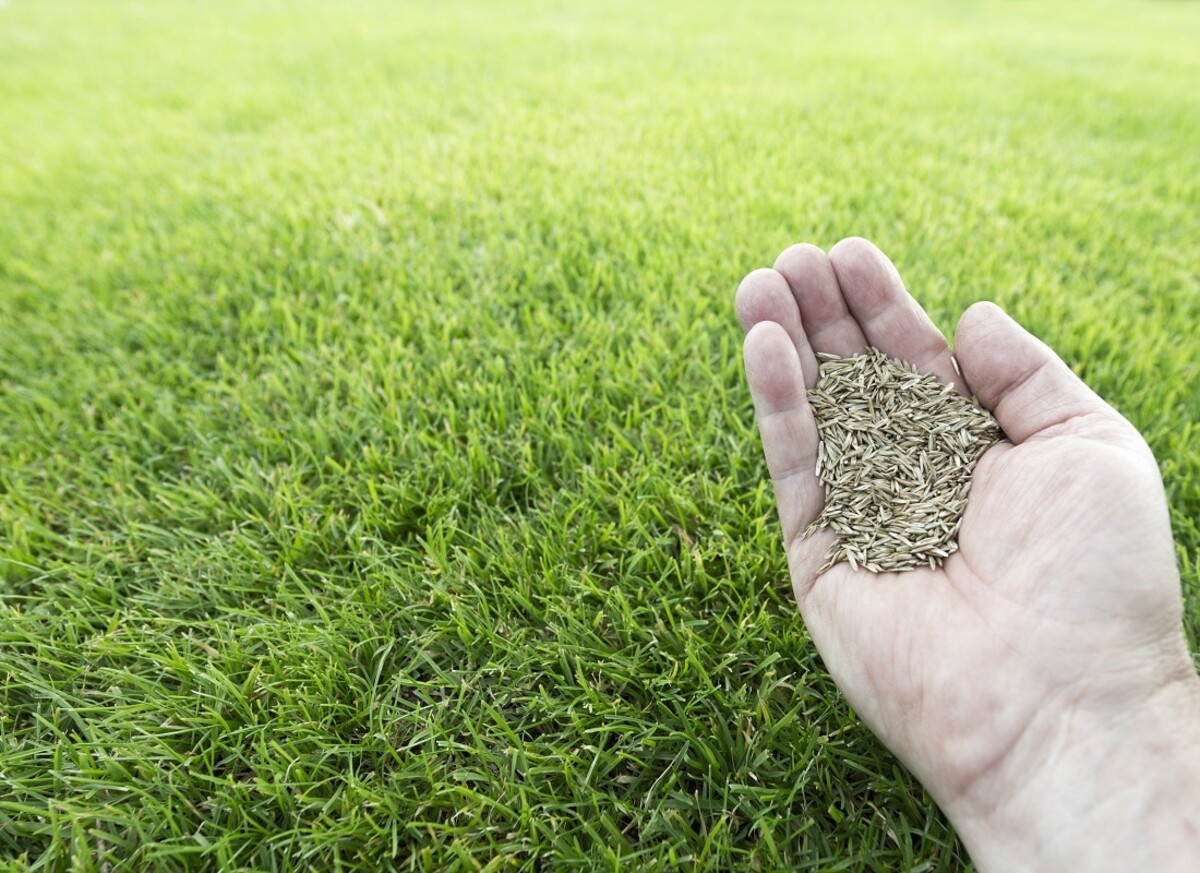
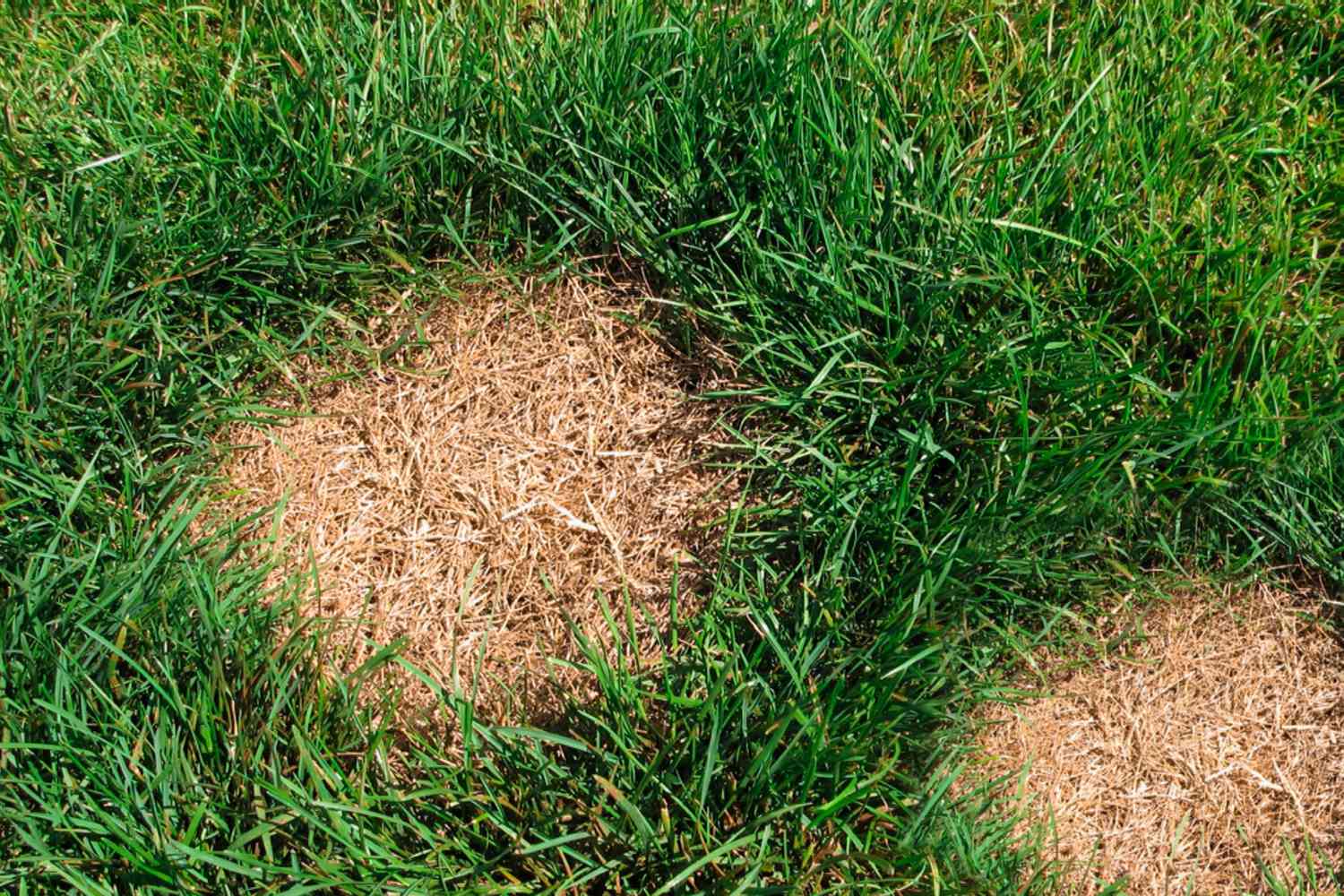


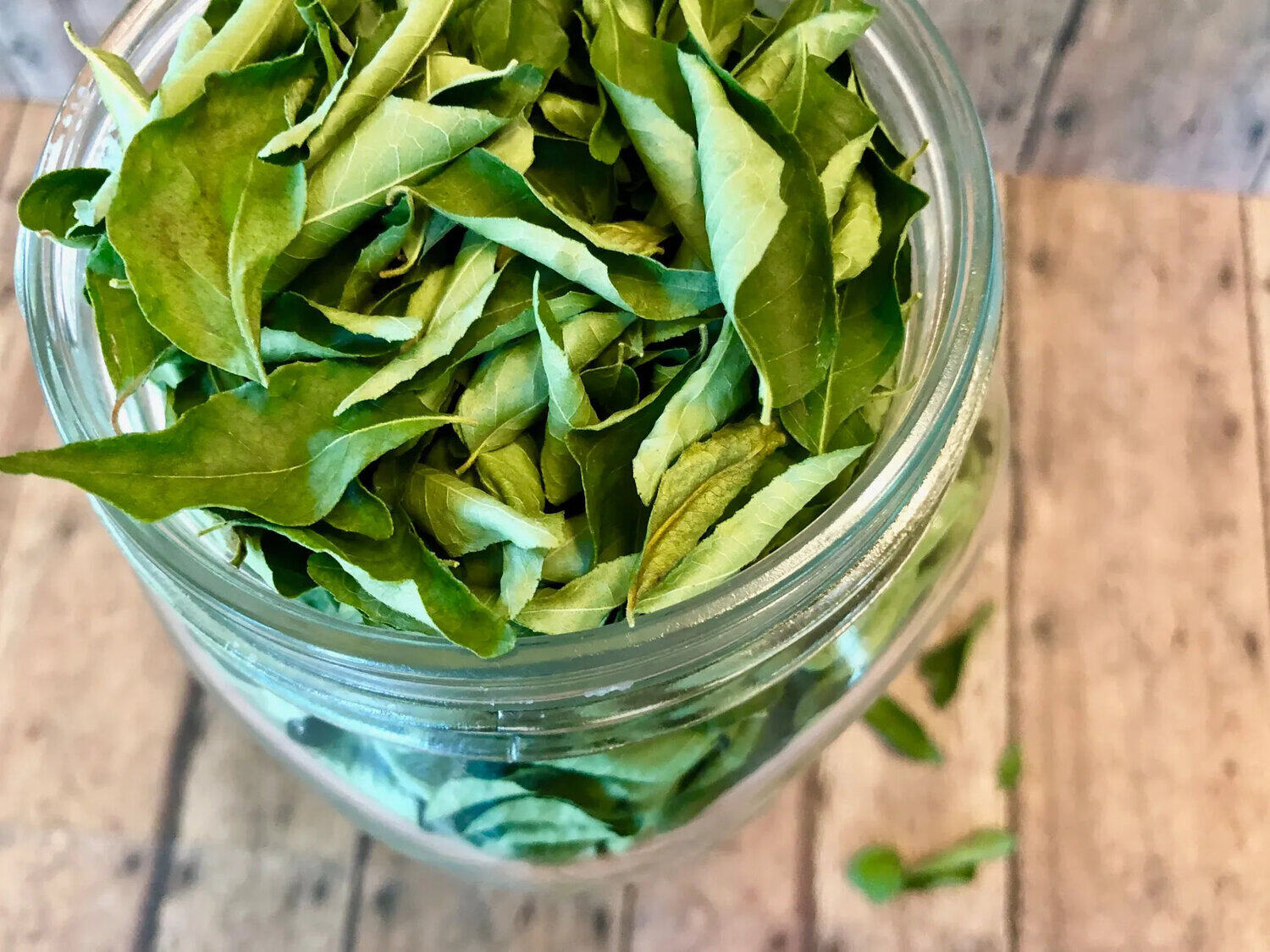
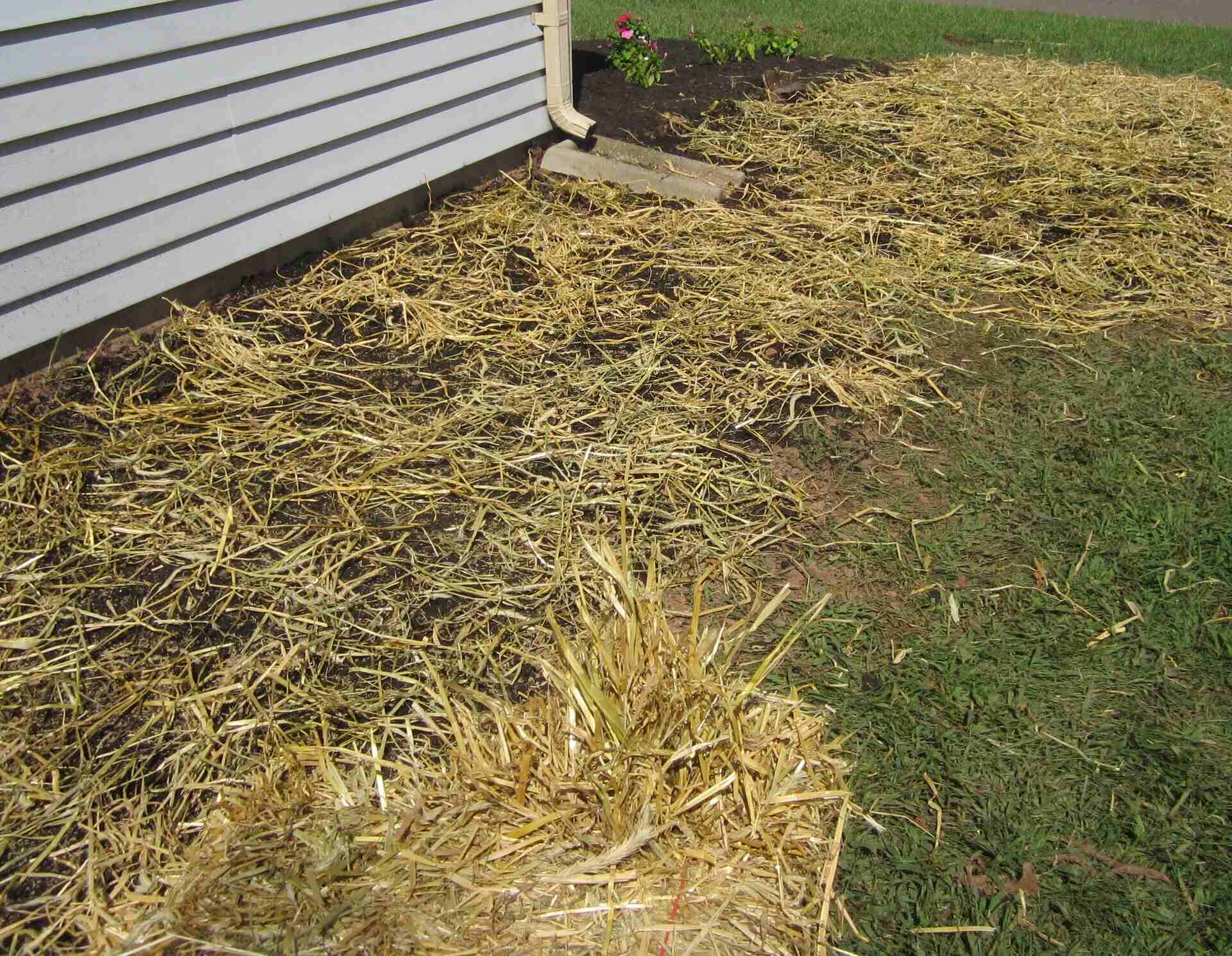
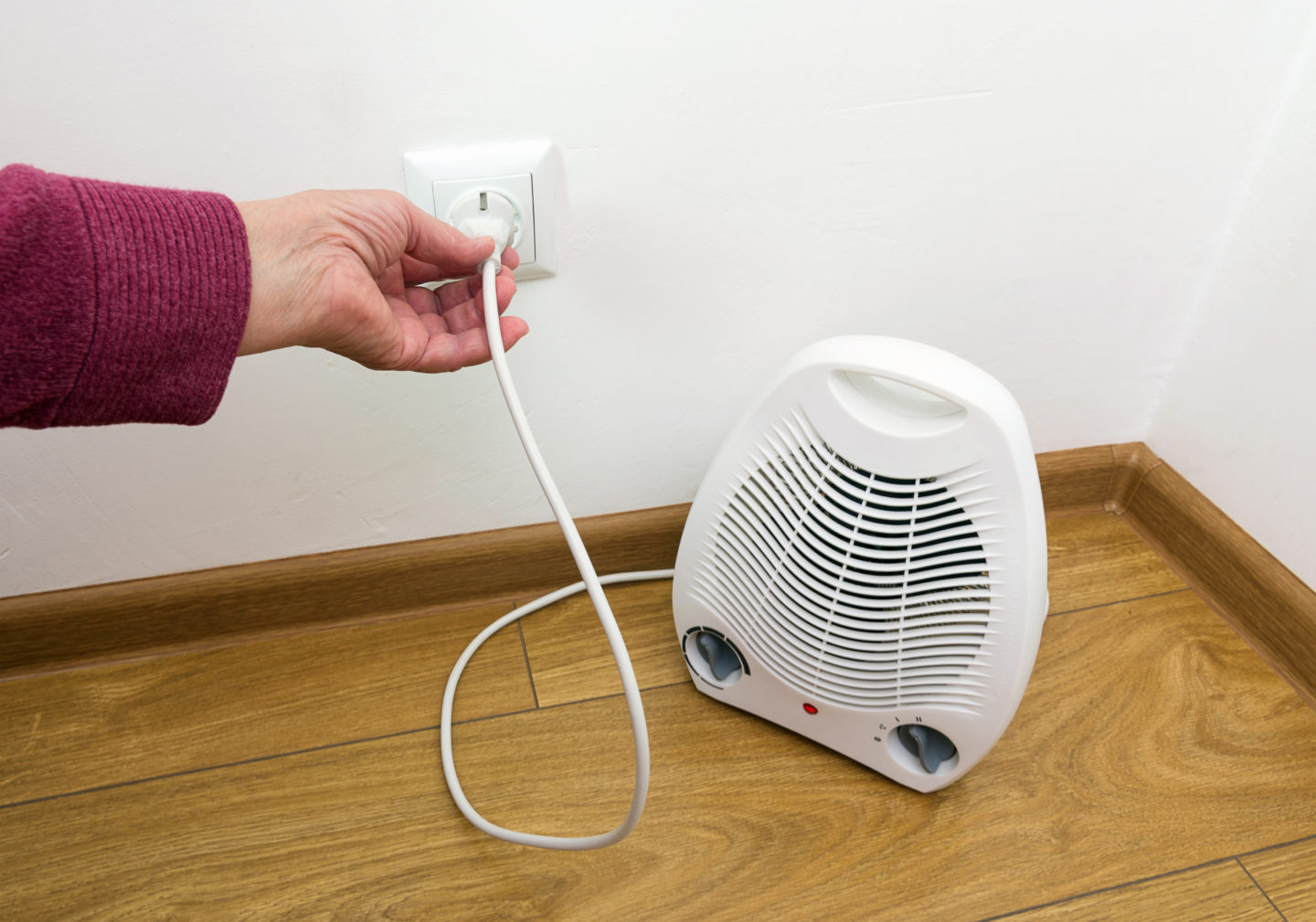

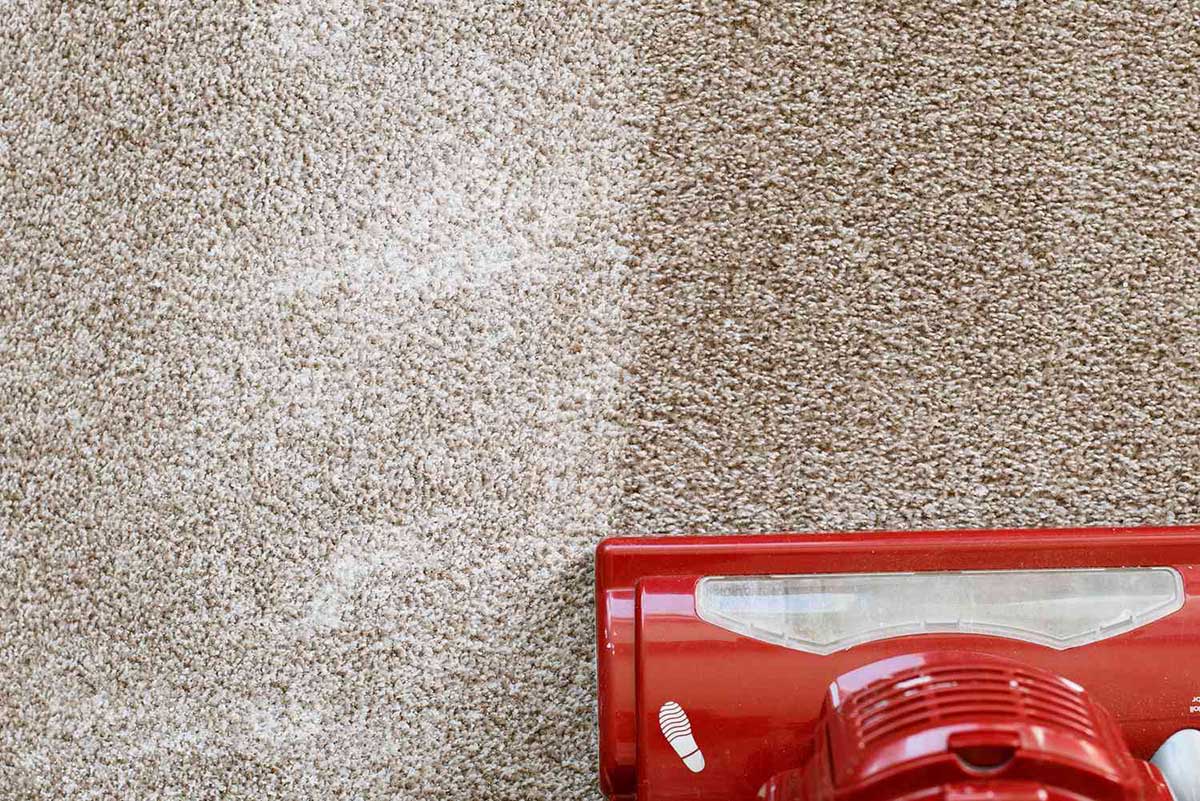

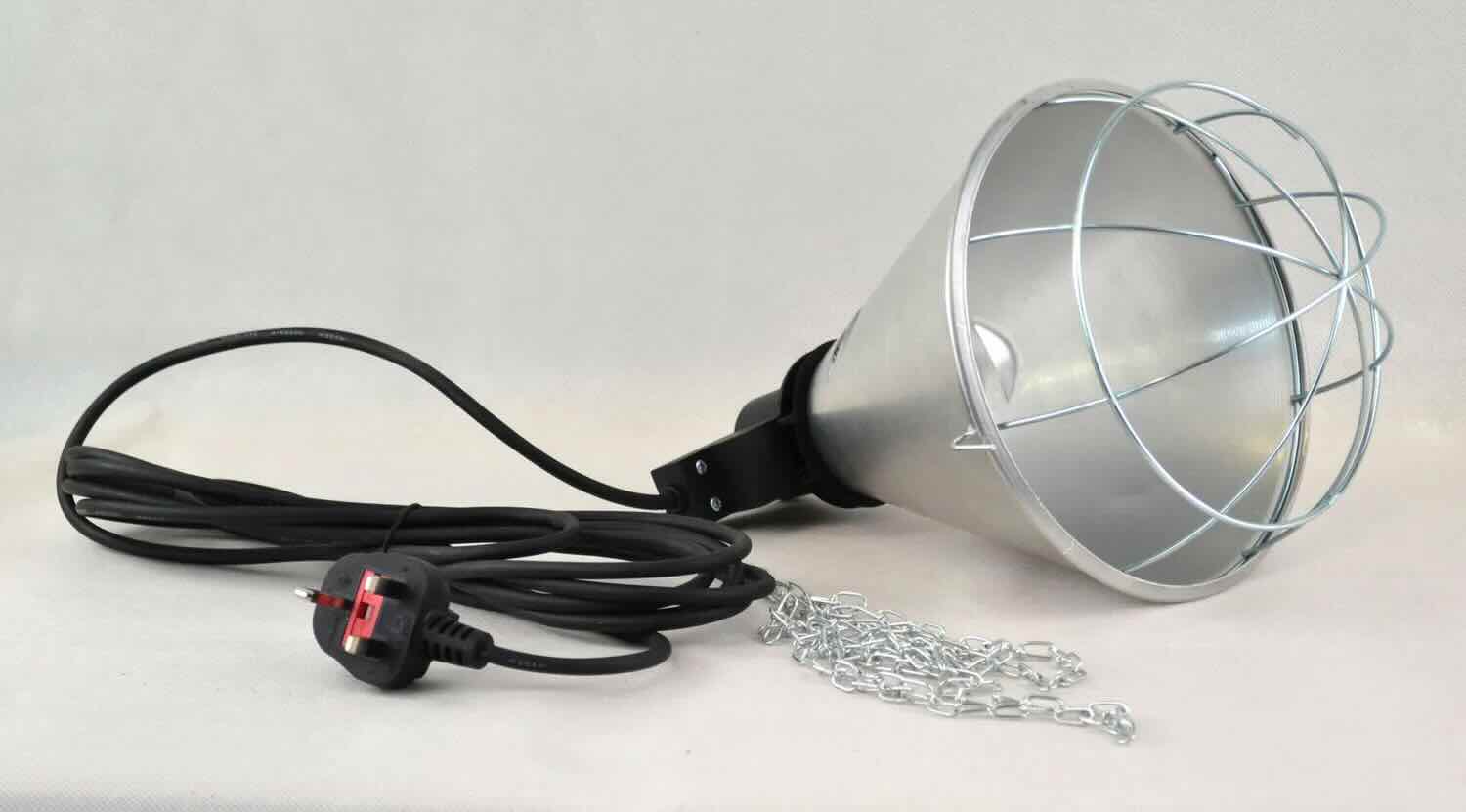


0 thoughts on “How Long To Leave Fan On Plants”